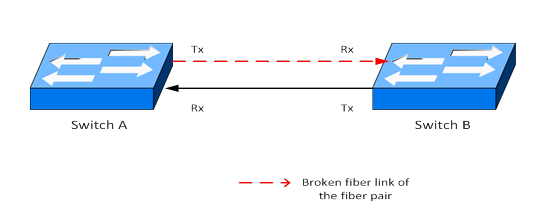|
|
|||||||
![[NOTE: ]](images/note.gif) |
NOTE: DLDP is active on the following HP switches:
|
||||||
|
|
Device link detection protocol (DLDP) is switch technology that detects any unidirectional link failures that can occur in a network. Typically these unidirectional link failures occur among devices connected through fiber-optic or copper twisted pair (such as category 5 twisted pair) cables. Upon detecting a link failure, the link PHY will be kept UP and will be blocked in the hardware. All the upper layer protocols of the switch software (STP, LACP, etc.) will see the interface as DOWN.
|
|
|
![[NOTE: ]](images/note.gif) |
NOTE: DLDPDUs are sent as untagged PKTs on default VLAN. No support for tagged advertisements. |
|
|
Syntax
This command is used in the configure mode to enable or disable DLDP on the switch.
The
noform of commanddldpin the configure context will disable the DLDP feature globally.Enable or disable the Device Link Detection Protocol (DLDP) to monitor link status. DLDP must be enabled globally and on one or more interfaces to begin monitoring. DLDP is disabled by default.

